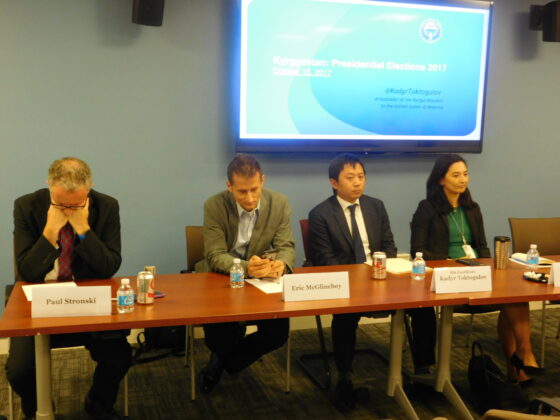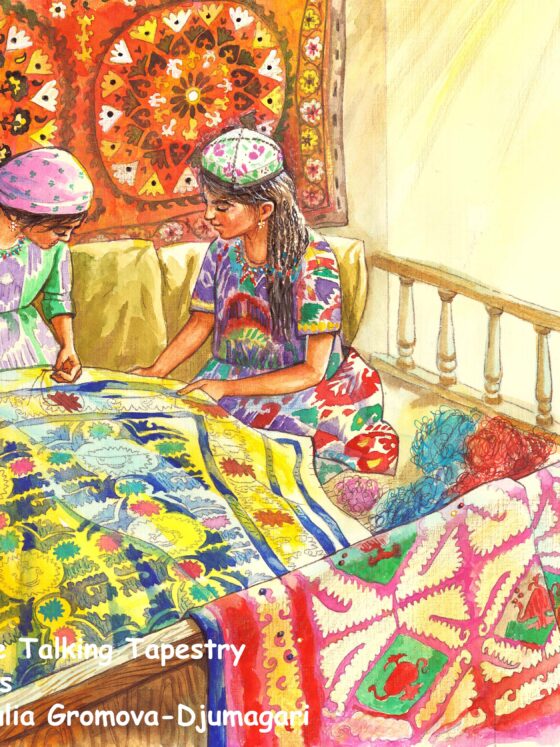Thursday, November 2, 6 PM
The George Washington University Museum
The Textile Museum
701 21st Street, NW, Washington, DC 20052
202-994-5200 | museum.gwu.edu
Bruce P. Baganz, co-chair, board of trustees, the George Washington University Museum, and president, board of trustees, The Textile Museum
Highly prized for their aesthetic beauty, dazzling nineteenth-century ikat textiles from Central Asia are renowned for their daring designs and clever color combinations. Ikat textiles derive their name from an ancient technique where yarns are protected to resist dye penetration before weaving begins. An ancient dyers art technique, ikat production flourished in the early years of the nineteenth century, especially in the Central Asian oasis cities of Bukhara and Samarkand, and in towns of the Ferghana Valley. Ikat fabric was in great demand in local ethnic groups and in the export market, where it was destined for opulent costume and decorative hangings.
Bruce P. Baganz, co-chair of the board of the George Washington University Museum and The Textile Museum, discusses this dazzling textile tradition with a focus on the unparalleled works donated to the museum’s collections by Murad Megalli and Guido Goldman.
Event page













